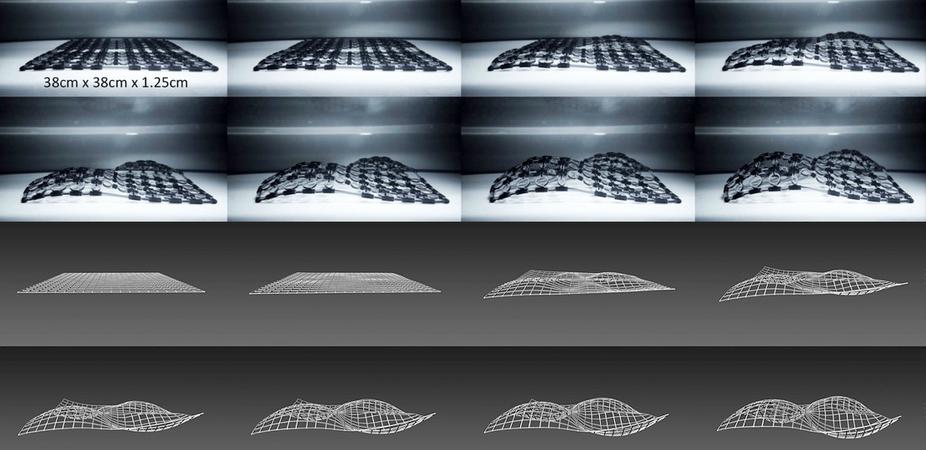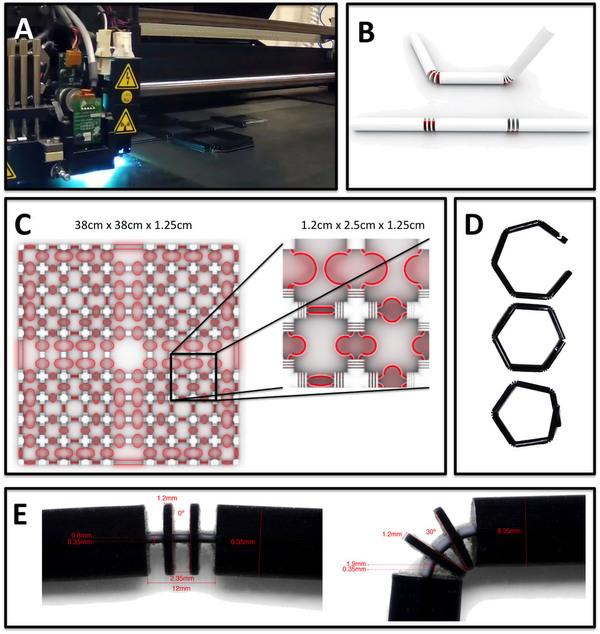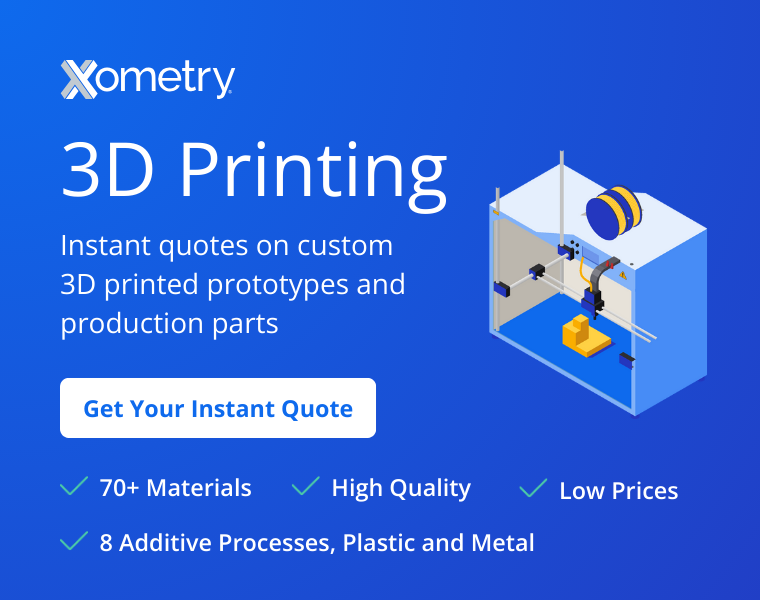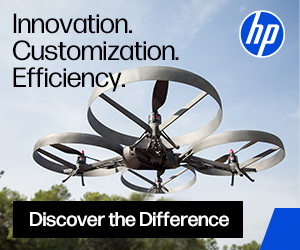MIT, Autodesk & Stratasys are Working With ‘Secret’ Materials to Develop New 4D Printing Applications
3D printing has come a long way since its inception in 1984. Today, we can print amazing things — from toys on home desktop 3D printers to replacement parts for hardware to advanced prostheses to living tissue. The array of materials available for printing is also widening, from standard plastic resins to chocolates to DNA. The next step for 3D printing, it seems, is to move into the next dimension.
We’ve already seen some promising implications for 4D printing, in which structures can change shape. A recently produced success, for example, was a fully wearable dress printed in one single piece, in a collaboration between Shapeways and Nervous System design studio. 4D printing has the potential to be a significant piece of the future of additive manufacturing.
4D printing adds time to the length, width, and height of the objects we’re already growing accustomed to seeing via additive manufacturing. With the addition of time (a stimulus), objects can become adaptable, changing structures: self-evolving structures, as researchers recently called them.
Led by Dr. Dan Raviv, a mathematician, researchers prepared “Active Printed Materials for Complex Self-Evolving Deformations,” which was published yesterday, December 18th, in Scientific Reports. The team, comprised of members from MIT, Stratasys, and Autodesk, includes authors Dan Raviv, Wei Zhao, Carri McKnelly, Athina Papadopoulou, Achuta Kadambi, Boxin Shi, Shai Hirsch, Daniel Dikovsky, Michael Zyracki, Carlos Olguin, Ramesh Raskar, and Skylar Tibbits. Dr. Raviv is a postdoctoral fellow in the MIT Media Lab, where he works in the Camera Culture Group providing new tools for geometric data analysis.
The paper the researchers prepared covers their deep look into 4D printing, in which “a new design of complex self-evolving structures… vary over time due to environmental interaction.” Their new approach to additive manufacturing ensures not only that the material changes structure over time, but does so precisely, transforming “into a predetermined shape, changing property and function after fabrication.”
And the implications are huge. 3D printed objects are already making headlines in industries from biomedical engineering to aerospace (with some literally out-of-this-world projects underway), and 4D printing has untold potential in broad applications from home appliances to medical implants.
“The most exciting part is the numerous applications that can emerge from this work. This is not just a cool project or an interesting solution, but something that can change the lives of many,” Raviv said to Live Science. “In the future, we imagine a wide range of applications.”
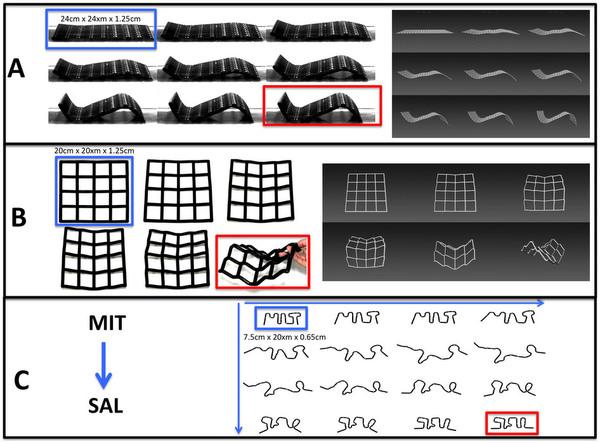 4D printed objects respond to stimuli in their environments — adaptive additive manufacturing — which can lead to promising applications in appliances that respond to temperature conditions, or outerwear that senses the external environment and can keep wearers warmer or drier, or humidity- or temperature-reactive products for childcare. The implications of such products could lead to untold improvement in some qualities of life — including via internal implants.
4D printed objects respond to stimuli in their environments — adaptive additive manufacturing — which can lead to promising applications in appliances that respond to temperature conditions, or outerwear that senses the external environment and can keep wearers warmer or drier, or humidity- or temperature-reactive products for childcare. The implications of such products could lead to untold improvement in some qualities of life — including via internal implants.
“Today, researchers are printing biocompatible parts to be implanted in our body,” Raviv said. “We can now generate structures that will change shape and functionality without external intervention.” The dream there is to create pieces that will endure: “We want to print parts that can survive a lifetime inside the body if necessary,” noted Raviv.
To date, the researchers’ impressive efforts have utilized two different materials to create 3D printed structures showcasing various properties. The water-absorbent material they used — with a formula developed by Stratasys that they’re keeping secret for now — could, when immersed in water, double in volume. The other remained in a rigid state, as it was constructed of a stiff plastic. So far, they’ve created a 15 x 15 inch square grid that, with the water-absorbent material, can produce complex geometrical shapes.
This progress is promising, and they’ve laid the groundwork for this process to expand — and contract. “For things that go inside the body,” Raviv noted, “we want to go 10 to 100 times smaller. For home appliances, we want to go 10 times larger.” Rome wasn’t built in a day, and neither will 4D printing suddenly emerge as a complete game-changer. For now, the test materials eventually wear out after several dozen wet-dry cycles involving shape changes, and lose their shape changing abilities. Additionally, water is the primary stimulus being studied so far, and ultimately materials that respond to other stimuli — such as light and heat — will be a goal of development.
Check out some more figures from the researchers’ paper below. Let us know what you think about the future of 4D printing in the Self-Evolving 4D Printed Objects forum thread over at 3DPB.com.
Subscribe to Our Email Newsletter
Stay up-to-date on all the latest news from the 3D printing industry and receive information and offers from third party vendors.
Print Services
Upload your 3D Models and get them printed quickly and efficiently.
You May Also Like
Nikon SLM Solutions Sells SLM 500 to Primary Weapon Systems to Expand Suppressor Production
Primary Weapons Systems (PWS) is a Boise, Idaho-based manufacturer of suppressors, firearms, and related components. A subsidiary of Vigilant Gear and a sister company to aftermarket Glock slide manufacturer Lone...
3DPOD 261: Tooling and Cooling for AM with Jason Murphy, NXC MFG
Jason Murphy´s NXC MFG (Next Chapter Manufacturing) is not a generalist service; instead, the company specializes in making tooling. Using LPBF and binder jet, the company produces some of the...
HP and Firestorm Labs Form Partnership to Use Multi Jet Fusion 3D Printers in Deployable Factories
HP Inc., maker of a range of additive manufacturing (AM) solutions including the Multi Jet Fusion (MJF) ecosystem, has announced a partnership with Firestorm Labs, a developer of containerized, deployable...
3D Printing News Briefs, July 2, 2025: Copper Alloys, Defense Manufacturing, & More
We’re starting off with metals in today’s 3D Printing News Briefs, as Farsoon has unveiled a large-scale AM solution for copper alloys, and Meltio used its wire-laser metal solution to...


